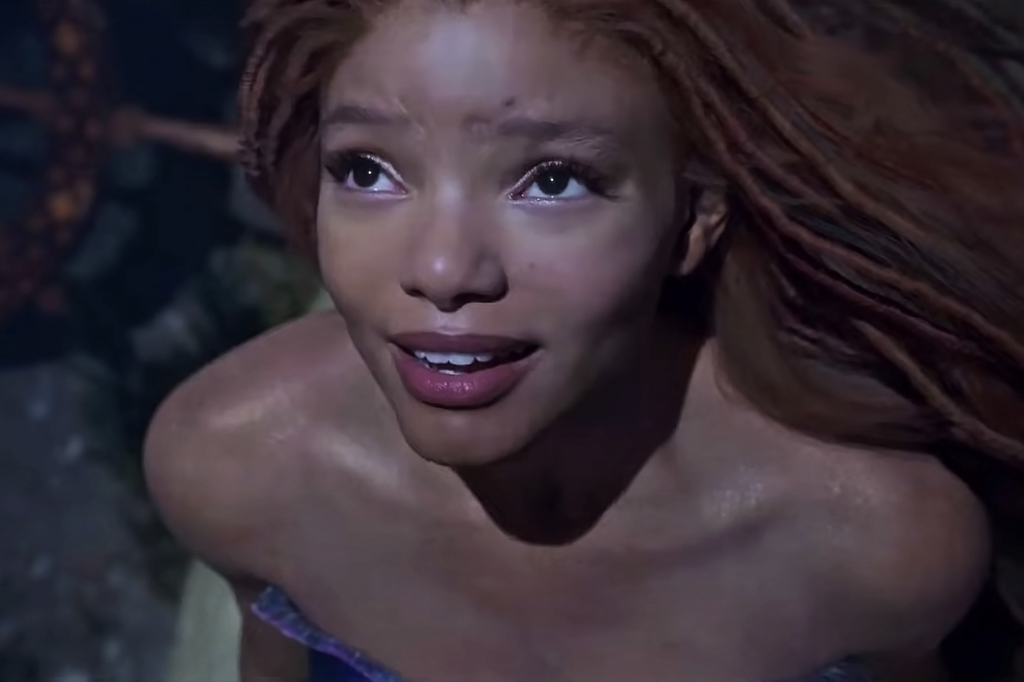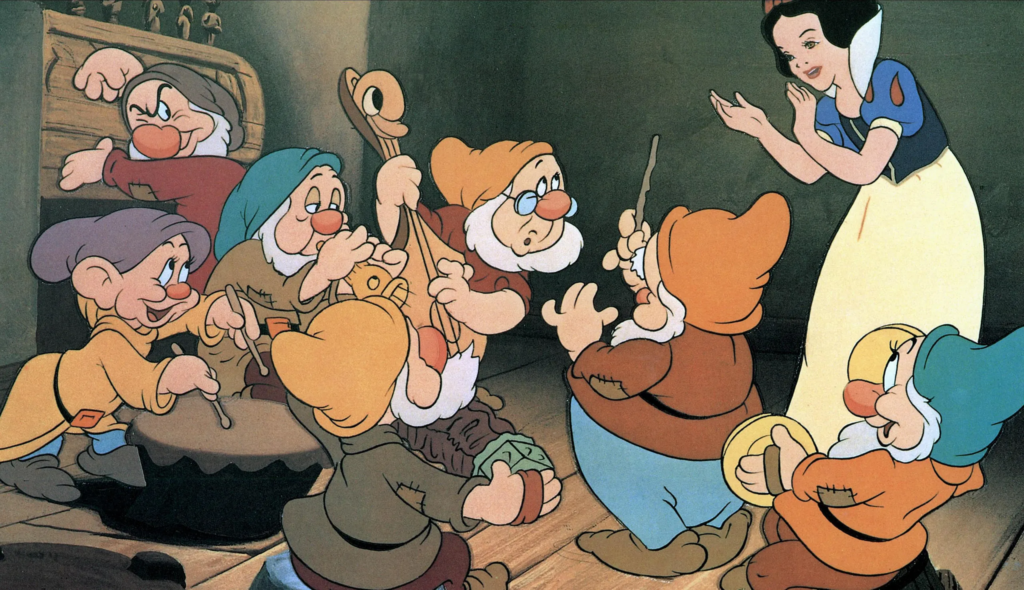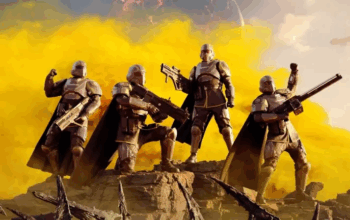Once upon a time it was possible to re-release a classic children’s fairy tale with actresses of color without causing a flame war online. The year was 1997, the internet was a lot smaller, and the film was Rodgers & Hammerstein’s Cinderella.

This film, featuring none other than Whitney Houston, Brandy, and Whoopi Goldberg, was exactly what you’d expect – a fresh re-telling of the classic Cinderella story [Charles Perrault – 1697] made familiar by the Disney film of the same name. Criticisms were generally well-received, but not without their own politics of the time. Instead of focusing on the film’s visibly color-blind casting, critics were more concerned about the film pushing the new satanic agenda of the 90’s – feminism.

Then 25 years passed…
The year is now 2022, and suddenly everyone has a big reason to get big mad about The Little Mermaid.

So what happened?
The online political discourse of post-2016 America is a rather large and unwieldy weight to unpack. “Anti-Woke”-ness has somehow become its own identity that is immune self-awareness – that by instantly over-reacting to seeing a BIPOC actor in any role, they’re essentially admitting to feeling uncomfortable just seeing BIPOC characters in general. You know – good ol’ xenophobia – but you get to pretend it’s for the sake of defending the “tradition”.
However, it probably doesn’t help that this particular casting decision was announced right on the heels of another major release with a few more questionable “color-blind” casting decisions…

We’ve got much more to say about the casting decisions in Amazon’s Rings of Power – we actually do have some issues with it (which we will elaborate on later). However, we are left completely baffled by those who have taken issue with race-flips in fairy tales.
Why are we taking such a nuanced view? It’s simple:
Fairy Tales Have No Lore

The driving force of our argument is that fairy tales don’t lend themselves to the same standards of consistency as semi-historical works or even high fantasy. That is, fairy tales have no lore.

[src: Will Adams]
The key appeal of works like Lord of the Rings, Star Wars, and Game of Thrones lies in the lore of their universes. In all these fantasy works, the plot, the characters, and the locations are merely a vessel to further immerse the reader in the history and cultures of their worlds. If your fictional story is a fairy tale, it doesn’t matter what your character’s race is. Cinderella or Rapunzel could be of any race, speaking any language, and nothing would change in their core story, message, or their overall magical vibe.

Indeed, there is a plethora of such film and TV adaptations that are eligible for a more representative cast. These fairy tales may have had a European origin that carried over into Walt Disney’s concept art – but they aren’t set in a kingdom that has a basis in reality, nor do their worlds seem to exhibit any lore whatsoever.

[src: Hohenzollern]
Does anyone know what continent Cinderella or Snow White belonged to? No! The only thing that mattered in their world to make their stories possible was a vague sense of monarchy. (You know, just enough to make “princesses” and “royal balls” a thing).
The key is that these stories have no canonical history. Their stories are typically absent of cultural strife or otherwise intended to be a projection of our real world. Furthermore, they are treated as one-note stories with a clear beginning, middle, and end that sees no need to explore any day-to-day aspects of life in their world, let alone have any history deep enough to resemble “lore”.
Where Having Lore Makes It Complicated…

Now let’s apply that to specific fantasy like Lord of the Rings. If your fictional story is about a world with a long, complex history involving people with different cultures, then the topic of race has to be addressed in some form. It doesn’t have to apply to modern standards, but there has to be a clear dynamic that connects with the audience (and when I say “connect with”, I don’t necessarily mean “can relate to”).

For example, some fantasies have elves or dwarves serving as stand-ins for oppressed minorities while humans are portrayed as the most populous and often the ones with all the power. They were never dynamic based on skin color unless theirs an in-world explanation. For instance, if some elves or dwarves come from a given region that is more arid or tropical, then it would make sense that their race would be portrayed with darker skin.
These key geographic details enable fantasy universes such as Elder Scrolls (Skyrim) and The Dragon Prince the benefits of diverse casting decisions while being widely accepted in the fan community. However, such inclusive casting has been met with much more divisiveness in other fantasies. The most recent of them was the Lord of the Rings prequel, The Rings of Power, a subject that must be discussed in the next article.



